-
 Bitcoin
Bitcoin $105,532.8157
0.77% -
 Ethereum
Ethereum $2,548.2202
1.33% -
 Tether USDt
Tether USDt $1.0002
-0.03% -
 XRP
XRP $2.1658
1.38% -
 BNB
BNB $647.8634
0.54% -
 Solana
Solana $151.9004
5.13% -
 USDC
USDC $0.9998
-0.01% -
 Dogecoin
Dogecoin $0.1757
-0.78% -
 TRON
TRON $0.2728
1.24% -
 Cardano
Cardano $0.6296
0.95% -
 Hyperliquid
Hyperliquid $40.9018
1.86% -
 Sui
Sui $3.0030
4.30% -
 Bitcoin Cash
Bitcoin Cash $460.9894
8.08% -
 Chainlink
Chainlink $13.1954
1.60% -
 UNUS SED LEO
UNUS SED LEO $9.2807
2.61% -
 Avalanche
Avalanche $19.0609
0.65% -
 Stellar
Stellar $0.2573
0.56% -
 Toncoin
Toncoin $2.9704
1.32% -
 Shiba Inu
Shiba Inu $0.0...01197
-0.39% -
 Litecoin
Litecoin $85.9390
1.13% -
 Hedera
Hedera $0.1534
-0.05% -
 Polkadot
Polkadot $3.7860
0.74% -
 Ethena USDe
Ethena USDe $1.0000
-0.04% -
 Monero
Monero $317.1834
1.33% -
 Dai
Dai $0.9997
-0.02% -
 Bitget Token
Bitget Token $4.5199
-0.24% -
 Pepe
Pepe $0.0...01111
1.43% -
 Uniswap
Uniswap $7.1573
-0.52% -
 Pi
Pi $0.6033
-0.63% -
 Aave
Aave $273.9232
0.85%
how to create your own wallet for cryptocurrency
Choosing a reputable wallet provider is crucial for securing your cryptocurrency assets and ensuring the functionality and reliability of your wallet.
Oct 13, 2024 at 07:47 pm
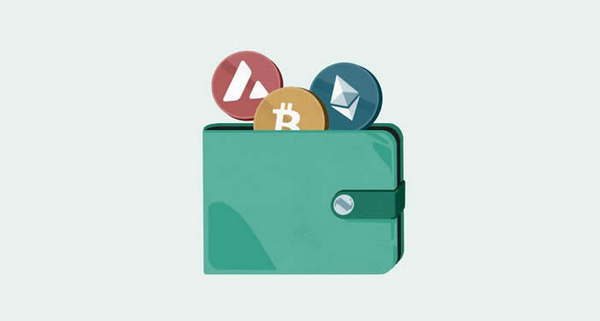
How to Create Your Own Cryptocurrency Wallet
Step 1: Choose a Wallet Type
Software wallets: Store private keys on your computer or smartphone. They come in different types:
- Desktop wallets: Installed on your computer.
- Mobile wallets: Run on your smartphone.
- Web wallets: Accessed through a web browser.
- Hardware wallets: Physical devices that store private keys offline. They provide enhanced security.
Step 2: Select a Wallet Provider
Research and choose a reputable wallet provider that offers the features and security you need. Consider factors such as:
- Wallet type availability
- Supported cryptocurrency assets
- Transaction fees
- User reviews and ratings
- Security measures
Step 3: Install or Access the Wallet
Follow the instructions provided by the wallet provider to install or access the wallet:
- Software wallets: Download and install the software on your device.
- Hardware wallets: Connect the device to your computer or smartphone.
- Web wallets: Create an account on the provider's website.
Step 4: Create a New Wallet
Once the wallet is installed or accessed, create a new wallet:
- Software wallets: Click on "Create New Wallet" or similar.
- Hardware wallets: Follow the device's instructions to generate a new wallet.
- Web wallets: Enter your desired credentials to register an account.
Step 5: Secure Your Wallet
Implement strong security measures to protect your wallet from unauthorized access:
- Create a strong password or passphrase: Use a unique and complex password that you have not used for any other account.
- Enable two-factor authentication (2FA): Add an extra layer of security by requiring a code sent to your phone or email when signing in.
- Backup your wallet: Generate a backup file or seed phrase that allows you to recover your wallet in case of a device failure or loss.
- Store your private keys securely: Never share your private keys with anyone and keep them confidential.
Step 6: Send and Receive Cryptocurrency
Your wallet should provide options to send and receive cryptocurrency:
- Sending: Enter the recipient's wallet address and the amount you wish to send. Confirm the transaction and pay the required transaction fee.
- Receiving: Provide your wallet address to the sender. They will need to enter your address when sending cryptocurrency to you.
Step 7: Manage Your Assets
Use your wallet to monitor your cryptocurrency balance, track transactions, and manage your assets:
- View balance: Check your available balance for each supported cryptocurrency.
- History tab: Keep track of all incoming and outgoing transactions.
- Exchange or trade assets: Some wallets allow you to exchange or trade cryptocurrencies within the app.
Disclaimer:info@kdj.com
The information provided is not trading advice. kdj.com does not assume any responsibility for any investments made based on the information provided in this article. Cryptocurrencies are highly volatile and it is highly recommended that you invest with caution after thorough research!
If you believe that the content used on this website infringes your copyright, please contact us immediately (info@kdj.com) and we will delete it promptly.
- Solana (SOL) Price Prediction: $200 Soon? Experts Are Betting on Ruvi AI (RUVI) As Investors Enjoy 9,200% Potential
- 2025-06-16 00:45:12
- Fedrok AG is a Swiss blockchain company focused on combating climate change by transforming the carbon credit market.
- 2025-06-16 00:45:12
- NEXO Will Host an AMA on X on Crypto Taxation Featuring Representatives from Koinly
- 2025-06-16 00:40:15
- OGV to OGN Migration Process Will End on May 27th
- 2025-06-16 00:40:15
- Blockchain fintech firm Liquid Noble says it's working to improve the user experience for investors in tokenized precious metals
- 2025-06-16 00:35:12
- DIA will host an AMA on X with PeaPods Finance
- 2025-06-16 00:35:12
Related knowledge

How do I deposit BNB into my Trust Wallet?
Jun 15,2025 at 03:56pm
Understanding BNB and Trust Wallet CompatibilityBefore initiating a deposit, it’s crucial to understand what BNB is and how it interacts with Trust Wallet. BNB (Binance Coin) is a utility token created by the Binance exchange. It can be used for paying transaction fees, participating in token sales, and more. Trust Wallet, on the other hand, is a mobile...
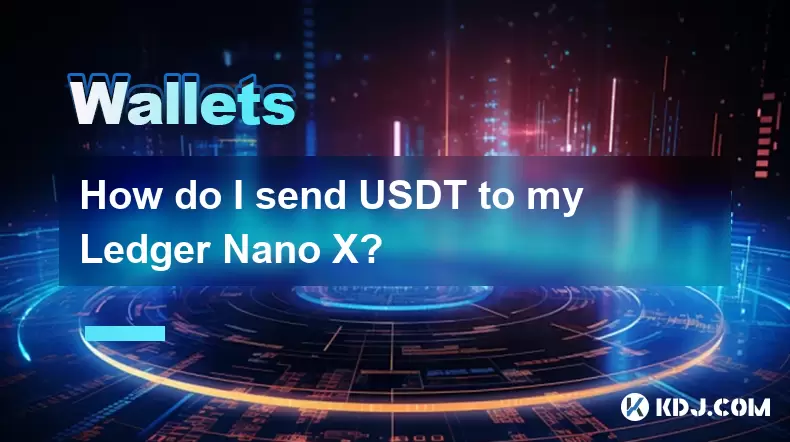
How do I send USDT to my Ledger Nano X?
Jun 15,2025 at 06:28am
What is USDT and Why Use Ledger Nano X?USDT, also known as Tether, is one of the most widely used stablecoins in the cryptocurrency ecosystem. It operates on various blockchain networks such as Ethereum (ERC-20), Tron (TRC-20), and others, offering users a digital asset pegged 1:1 to the US dollar. When it comes to storing USDT securely, hardware wallet...
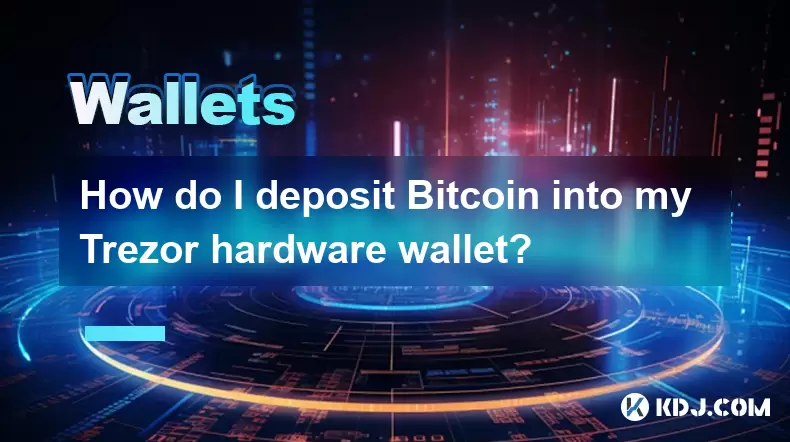
How do I deposit Bitcoin into my Trezor hardware wallet?
Jun 14,2025 at 12:29pm
What is a Trezor Hardware Wallet?A Trezor hardware wallet is a secure device designed to store cryptocurrencies offline, protecting them from online threats. Unlike software wallets, which are vulnerable to hacking and malware, Trezor stores private keys on the physical device itself. This ensures that transactions can only be approved by physically int...
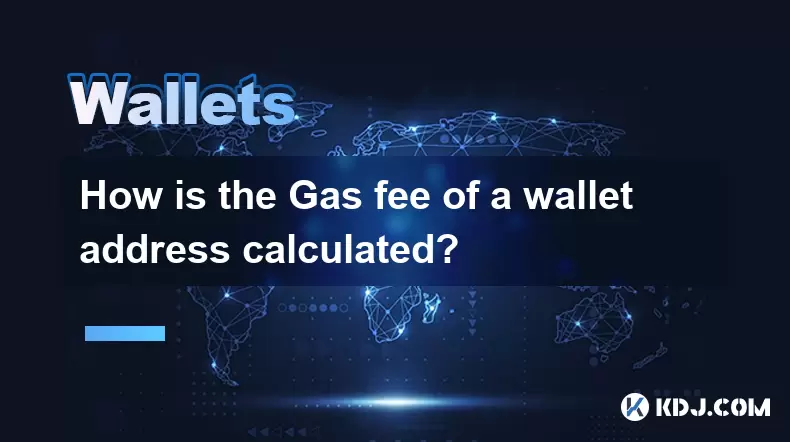
How is the Gas fee of a wallet address calculated?
Jun 14,2025 at 07:57pm
Understanding the Basics of Gas Fees in Blockchain TransactionsIn the cryptocurrency ecosystem, particularly within Ethereum-based networks, a Gas fee is an essential component of executing transactions or smart contract operations. The Gas fee serves as compensation for miners or validators who process and confirm transactions on the blockchain. It is ...
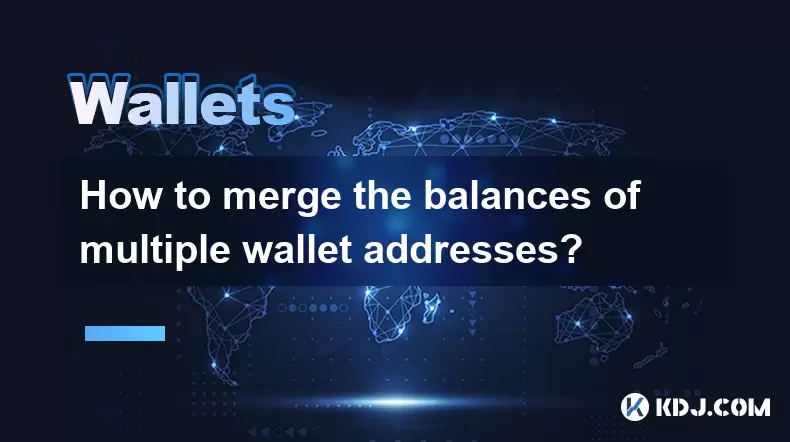
How to merge the balances of multiple wallet addresses?
Jun 13,2025 at 06:21pm
Understanding the Concept of Merging Wallet BalancesMerging the balances of multiple wallet addresses involves consolidating funds from different cryptocurrency wallets into a single address or account. This process is commonly undertaken by users who manage several wallets for security, diversification, or organizational purposes. Merging balances can ...
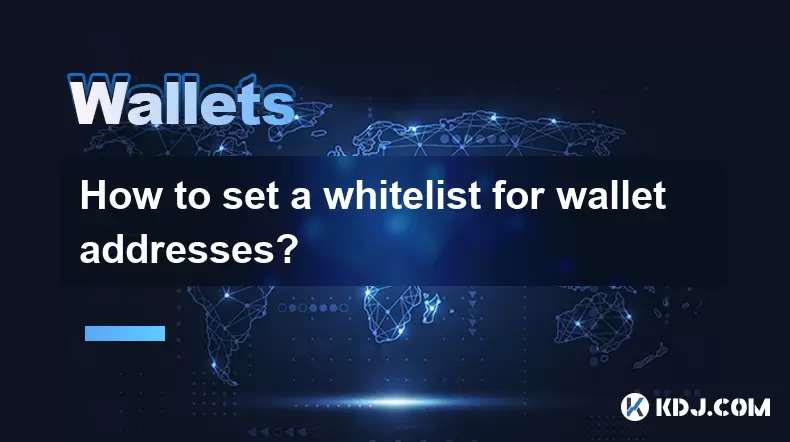
How to set a whitelist for wallet addresses?
Jun 15,2025 at 03:14am
Understanding the Concept of a Whitelist in BlockchainIn the realm of blockchain technology, a whitelist refers to a predefined list of approved entities—in this case, wallet addresses—that are granted access or permissions within a system. This mechanism is commonly used during token sales (ICOs/IDO), NFT minting events, and smart contract interactions...

How do I deposit BNB into my Trust Wallet?
Jun 15,2025 at 03:56pm
Understanding BNB and Trust Wallet CompatibilityBefore initiating a deposit, it’s crucial to understand what BNB is and how it interacts with Trust Wallet. BNB (Binance Coin) is a utility token created by the Binance exchange. It can be used for paying transaction fees, participating in token sales, and more. Trust Wallet, on the other hand, is a mobile...

How do I send USDT to my Ledger Nano X?
Jun 15,2025 at 06:28am
What is USDT and Why Use Ledger Nano X?USDT, also known as Tether, is one of the most widely used stablecoins in the cryptocurrency ecosystem. It operates on various blockchain networks such as Ethereum (ERC-20), Tron (TRC-20), and others, offering users a digital asset pegged 1:1 to the US dollar. When it comes to storing USDT securely, hardware wallet...

How do I deposit Bitcoin into my Trezor hardware wallet?
Jun 14,2025 at 12:29pm
What is a Trezor Hardware Wallet?A Trezor hardware wallet is a secure device designed to store cryptocurrencies offline, protecting them from online threats. Unlike software wallets, which are vulnerable to hacking and malware, Trezor stores private keys on the physical device itself. This ensures that transactions can only be approved by physically int...

How is the Gas fee of a wallet address calculated?
Jun 14,2025 at 07:57pm
Understanding the Basics of Gas Fees in Blockchain TransactionsIn the cryptocurrency ecosystem, particularly within Ethereum-based networks, a Gas fee is an essential component of executing transactions or smart contract operations. The Gas fee serves as compensation for miners or validators who process and confirm transactions on the blockchain. It is ...

How to merge the balances of multiple wallet addresses?
Jun 13,2025 at 06:21pm
Understanding the Concept of Merging Wallet BalancesMerging the balances of multiple wallet addresses involves consolidating funds from different cryptocurrency wallets into a single address or account. This process is commonly undertaken by users who manage several wallets for security, diversification, or organizational purposes. Merging balances can ...

How to set a whitelist for wallet addresses?
Jun 15,2025 at 03:14am
Understanding the Concept of a Whitelist in BlockchainIn the realm of blockchain technology, a whitelist refers to a predefined list of approved entities—in this case, wallet addresses—that are granted access or permissions within a system. This mechanism is commonly used during token sales (ICOs/IDO), NFT minting events, and smart contract interactions...
See all articles

























































































